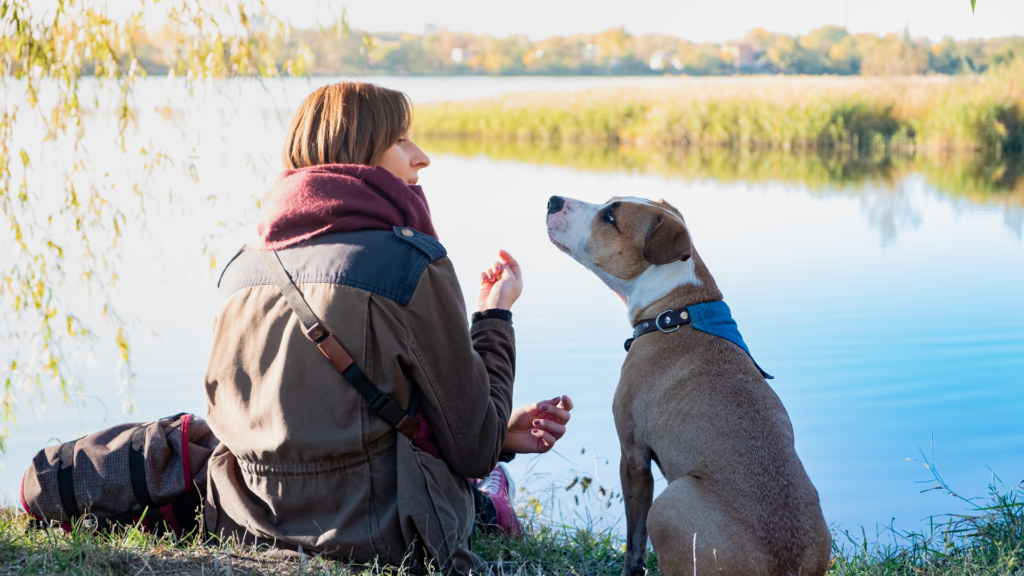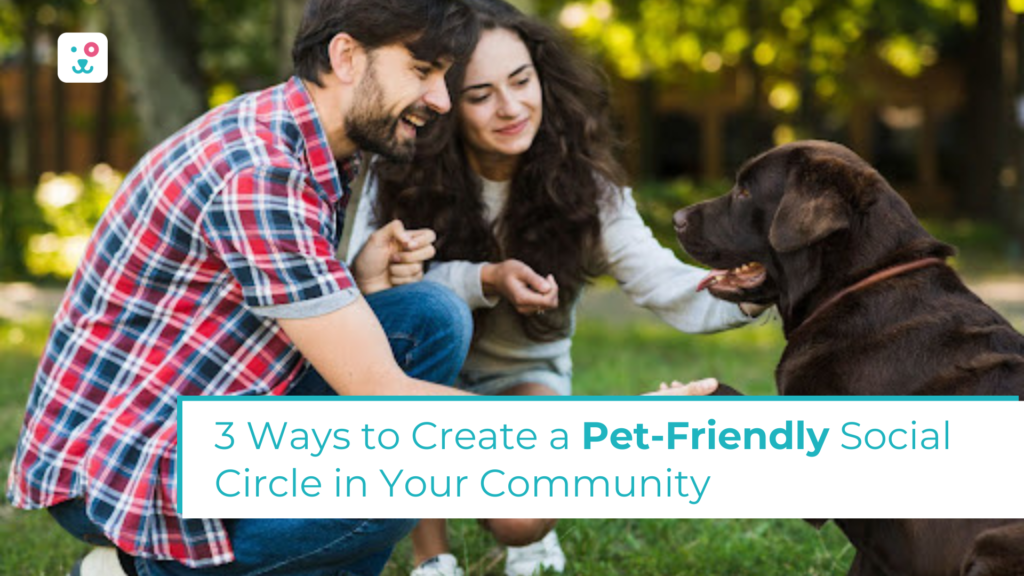Creating an active social network is beneficial for you and your pets. Bonding over pets is a good opportunity to get to know some of the neighbors who share your way of thinking. Aside from the enjoyment of watching pets have fun, these social meetings can help keep loneliness at bay, enhance mental health, and provide you with a ready support network of pet-related advice and assistance to create a pet-friendly environment.
Organize Regular Pet-Friendly Gatherings
Just being around other people who share your passion for pets naturally leads to friendship. When you keep seeing the same group of people, there’s a high chance of you forming meaningful bonds with others, and it’s equally helpful for pets as well.
For best results, start with monthly meetings along with special seasonal gatherings to celebrate holidays or enjoy pleasant weather. Weekend mornings are perfect for pet activities since pets are more energetic and owners have fewer competing commitments. Similarly, spring and fall usually come with ideal outdoor conditions in most regions and you should take advantage of those seasons.
How effectively you and your pets , dogs in particular, socialize at these events still depends heavily on effective training. Most pet owners who participate in All Dogs Unleashed dog training sessions notice significant improvements in pets’ behavior. In a matter of two weeks, these training sessions instill basic commands such as coming when called, sitting or standing, and walking nicely on a leash. Remember, if your canine friend is well-trained, you can just relax and socialize without having to control undesirable behavior, leading to more rewarding social interactions.

Develop Dedicated Pet-Friendly Spaces
Designated spaces help eliminate socialization barriers by creating areas meant especially for pet interaction. They help generate what sociologists refer to as “third places”; public spaces apart from home and workplace where relationships in the community thrive.
This approach is highly effective in urban and suburban communities where pet owners simply don’t have their own outdoor areas. The idea is to get some official pet facilities if your community doesn’t have any, or simply frequent existing facilities so they become “informal” designated areas for pets.
In apartment buildings, consider speaking to the management about incorporating pet amenities. The good thing is that so many major residential complexes in most places now have pet wash stations, unique exercise areas, and waste stations to attract pet owners. Look for those options when relocating.
Build Online-to-Offline Pet Communities
Online forums are great for getting in touch and becoming friends with other pet owners in your area. These forums can also serve as a platform to build new connections and transform them into real-life friendships.
The best part is that these communities eliminate location and scheduling barriers to first contact. They enable pet owners to find others with similar pets, interests, or location without initial in-person commitment. These communities also establish “weak ties” that can be strengthened with follow-up in-person contact.
This approach becomes a lot more useful when first establishing a pet-friendly social circle or when relocating to a new area. Digital communities also help you to maintain connections in times when in-person gatherings prove difficult due to scheduling conflicts, bad weather, or other limitations.
Just plan your stay strategically to make the most of your time on these digital platforms. Consider developing themed discussion topics or challenges to maintain engagement. For example, seasonal safety tips, monthly training goals, or pet photography competitions can provide structure while building relationships among members.
Endnote
Building a lively pet-friendly social network needs ongoing effort and attention to detail, but the reward is greater than good companionship alone. These bonds form pet emergency support networks, trust-worthy pet-sitting networks, and communities that actively promote pet-friendly policies and facilities. Just remember that thriving pet communities develop slowly through genuine relationships, not forced interactions.

